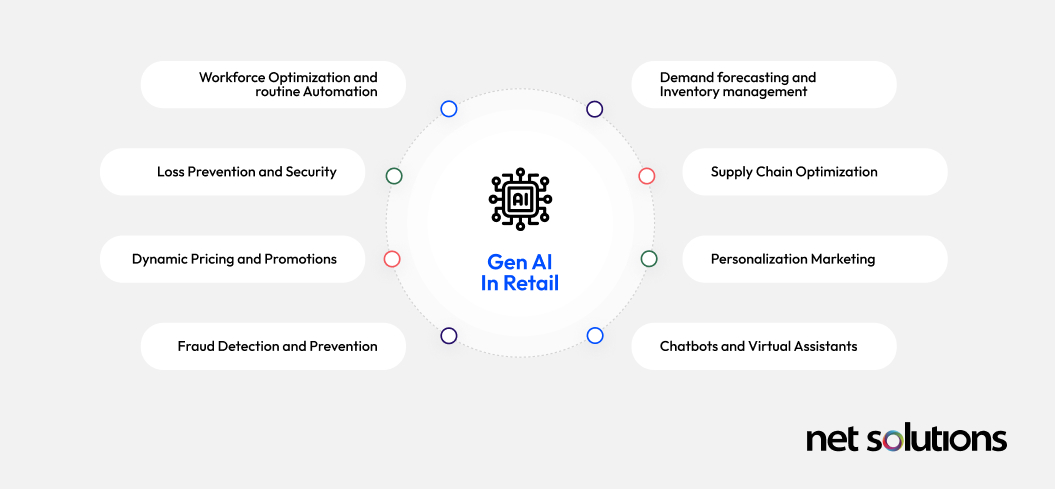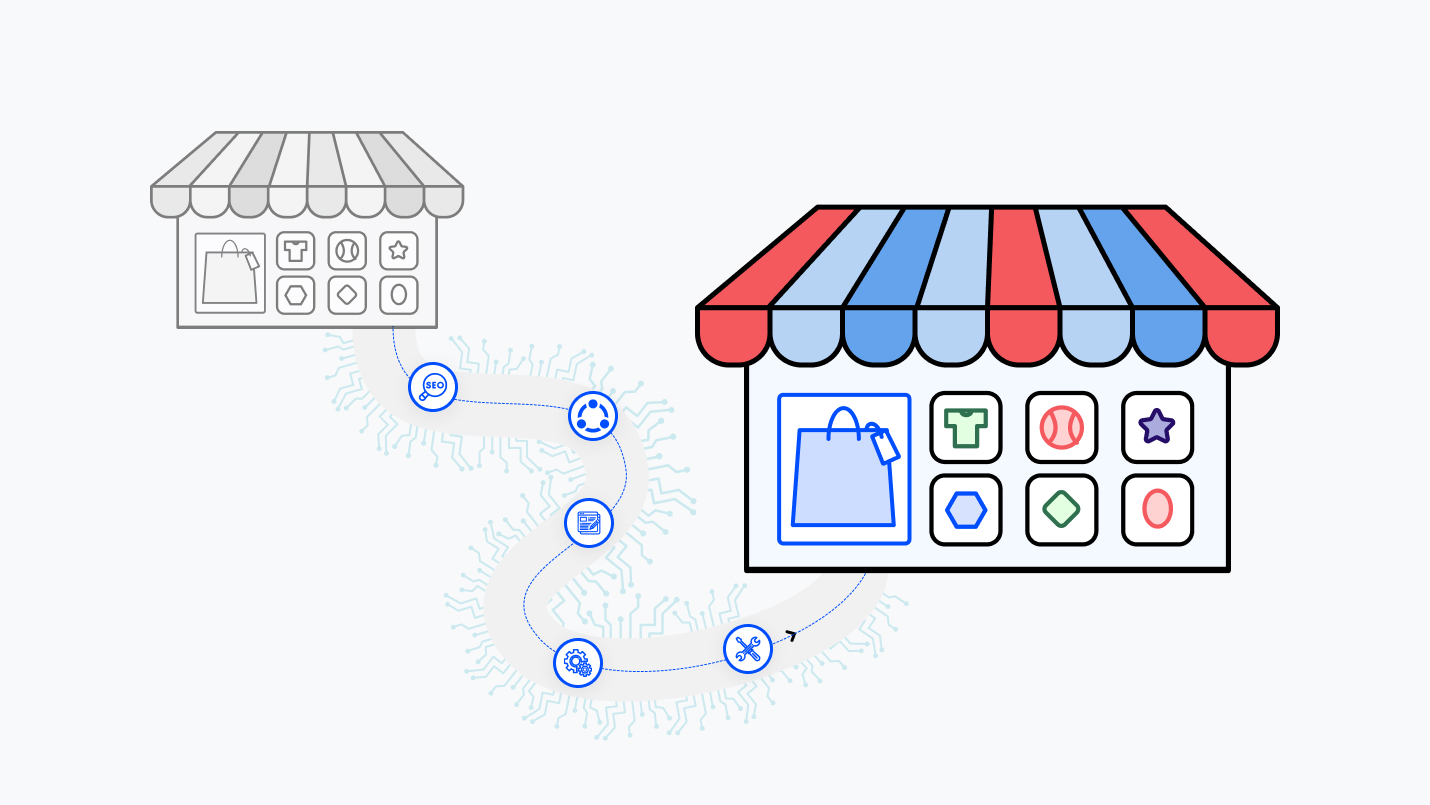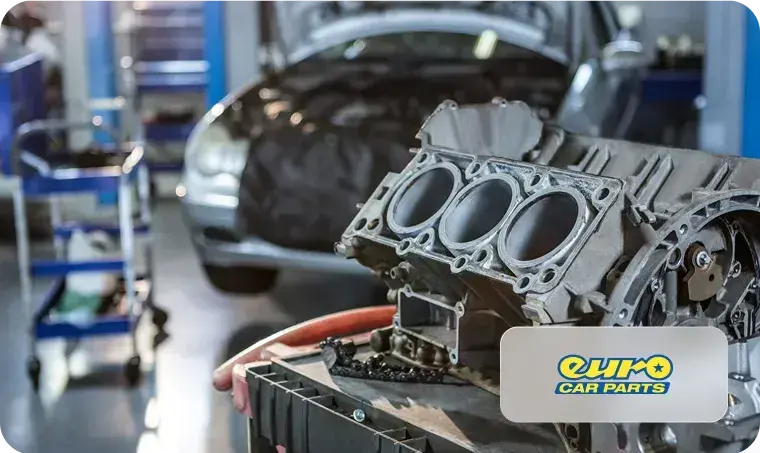The e-commerce landscape is constantly changing, with businesses needing to adapt to the latest technological advancements and evolving customer expectations. Seamless eCommerce migration has become increasingly crucial for many organizations to remain competitive and leverage modern functionalities.
However, traditional approaches to such migrations are often perceived as intricate, protracted, and financially burdensome, leading to hesitation and significant delays. In this context, Generative AI for eCommerce replatforming offers a more streamlined process and the potential to alleviate key concerns associated with this critical business operation. The rising frequency with which retailers are considering platform switches, with surveys indicating that over a quarter are planning to do so in the coming year, underscores the pressing need for more efficient and less disruptive migration methodologies.
The Silent Killer: How Fear of Migration Costs Fuels E-commerce Tech Debt
Technical debt in e-commerce arises when businesses prioritize expediency or immediate cost savings over the fundamental principles of quality and long-term viability in their software development practices. Within the e-commerce sector, this can manifest in various forms, including outdated codebases, poorly integrated systems that rely on workarounds, and the neglect of essential updates on platforms that were either custom-built or are now considered legacy. Gartner aptly defines technical debt as “accrued work that is ‘owed’ to an IT system,” a deficit that can significantly impair a system’s performance, ability to scale with business growth and overall resilience.
Fear of high migration costs drives technical debt and aging infrastructure and hinders market agility. Delayed upgrades increase maintenance costs through patches and specialized support. Unaddressed debt limits growth, causing poor performance, security risks, and customer loss. Postponing upgrades leads to costly overhauls, impacting profitability and customer experience.
Navigating the Transition: Ensuring Business Continuity and SEO Integrity
E-commerce businesses harbor understandable anxieties regarding potential disruptions during a platform migration. Concerns about website downtime, the risk of data loss, and the possible negative impact on the overall customer experience are paramount. Maintaining a seamless and consistent experience for customers throughout this transition is of the utmost importance for retaining their loyalty and preventing any significant loss of revenue.
Among the various aspects of business continuity, search engine optimization (SEO) is particularly critical for e-commerce operations. SEO is a vital channel for attracting organic traffic to an e-commerce website, which drives sales and contributes significantly to overall revenue. A platform migration can substantially decline search engine rankings if not executed with meticulous attention to SEO considerations. Common SEO pitfalls that can arise during migration include alterations to URL structures, resulting in broken links and the dreaded “404 Not Found” errors, the loss of valuable backlinks that contribute to a website’s authority, and delays in the search engines re-indexing the new platform.
Generative AI can mitigate e-commerce migration risks by focusing on automating product and collection page transitions. This reduces disruptions compared to full-site migration, minimizing SEO issues. The homepage can be built separately and optimized. Proactive SEO measures, like 301 redirects and metadata preservation, are crucial to prevent traffic loss.
Breaking Free: Generative AI and the Promise of a Platform-Neutral Future
A significant concern for e-commerce businesses contemplating platform migration is the potential for vendor lock-in. This fear stems from the possibility of becoming entrenched with a specific platform due to its proprietary technologies, unique data formats, or restrictive contractual agreements. The prospect of facing considerable difficulty and expense when attempting to migrate data and applications to a different vendor in the future can stifle a company’s ability to innovate and potentially lead to escalating costs over time. Moreover, the possibility of a failed migration raises anxieties about the complexity and high costs associated with reverting to the old platform or attempting another migration to a different new one.
Adopting a platform-neutral data format offers a compelling solution to this challenge. Such a format transfers content seamlessly between disparate systems without significant data loss or compatibility problems. This approach grants businesses enhanced flexibility and greater control over their valuable data, diminishing reliance on any single vendor. It also streamlines future migrations and facilitates the adoption of new technologies without the constraints imposed by the previous platform’s inherent limitations.
Generative AI serves as a powerful enabler in achieving this platform-neutral future. It can analyze the underlying HTML structure and the visible content of existing e-commerce pages. Following this analysis, the AI can extract key information, such as product names, descriptions, images, and attributes, to create a standardized product model in a platform-neutral format like JSON or XML.
This neutral format acts as an intermediary layer, simplifying the migration process to any content management system (CMS) capable of interpreting this standardized data structure. Adopting a platform-neutral data format, made possible by generative AI, directly addresses the fear of vendor lock-in by effectively decoupling valuable content from the specific requirements of any particular platform. By establishing a consistent and standardized representation of product and collection page data, businesses are no longer bound by the proprietary data structures inherent in their current or future e-commerce platforms. This newfound freedom empowers them to switch platforms more readily in the future, negotiate more favorable terms with vendors, and circumvent the substantial costs and intricate procedures typically associated with data migration from systems that enforce vendor lock-in.
Furthermore, generative AI’s ability to comprehend the nuanced structure of HTML extends beyond mere text extraction, enabling the creation of a semantically rich and truly platform-agnostic data model. AI tools can intelligently identify and understand the context of various elements within the HTML, such as product titles, detailed descriptions, image URLs, and lists of specific attributes. This advanced level of understanding allows for a more sophisticated data extraction than basic web scraping techniques, resulting in a more accurate and ultimately more helpful platform-neutral model. The standardized product model, therefore, functions as a reliable and clearly defined agreement between the old and the new platforms, ensuring the integrity of the data throughout the migration process and significantly simplifying the overall transition.
Generative AI’s comprehension of HTML structure allows for a semantically rich, platform-agnostic data model. AI extracts data more accurately than basic scraping by identifying product titles, descriptions, images, and attributes intelligently. This standardized model ensures data integrity during migration, simplifying the transition.

The Technical Deep Dive: How Generative AI Powers Content Re-platforming
Generative AI models, particularly Large Language Models (LLMs), can be trained to interpret structural and semantic nuances of HTML documents. Techniques combining web scraping with AI-driven parsing can effectively extract content from diverse web pages. AI’s natural language processing (NLP) capabilities enable it to discern and categorize different types of content found within the HTML structure.
Moreover, sophisticated tools such as Google Cloud’s Document AI and AWS Intelligent Document Processing offer advanced functionalities for intelligent document processing, which can be adapted for handling website content. AI-powered website structure builders can also play a crucial role in comprehending the existing website architecture and facilitating the planning stages of the migration process.
Product description pages (PDPs) feature product names, images, prices, availability, call to action, reviews, and shipping details. Generative AI identifies these elements via HTML and content patterns. Collection pages list products by category using filters, descriptions, and thumbnails. AI extracts product listings and category information by recognizing structural patterns. This AI-driven migration interprets HTML context, not just copies it, to create a standardized, platform-agnostic product model. This model reduces data loss and streamlines transitions by acting as a clear contract between platforms.
Strategic Focus: Building a Powerful Homepage Alongside Automated Content Re-platforming
The homepage of an e-commerce website often stands apart as a uniquely designed and highly customized element, meticulously crafted to reflect the brand’s core identity and to showcase current marketing campaigns. Recognizing its distinct purpose, the proposed strategy of automating the migration of product description pages (PDPs) and collection pages using generative AI offers a significant advantage. By focusing the AI-driven automation on these content-rich areas, valuable resources are freed up to concentrate on designing and developing a compelling and strategically optimized homepage on the new platform.
This separation allows for a more tailored and marketing-centric approach to the website’s most visible and often most impactful page. The homepage, serving as the digital storefront and the primary point of entry for many visitors, benefits from a dedicated focus that ensures alignment with the latest design trends, incorporates key marketing messages, and provides an exceptional first impression. Therefore, separating the homepage development from the automated content migration process enables a more strategic and focused allocation of effort toward this critical marketing touchpoint. This ensures that while the bulk of the product catalog is efficiently migrated using AI, the homepage receives the individualized attention required to maximize its effectiveness in driving conversions and building brand engagement.
Conclusion: Embracing the Future of E-commerce Content Re-platforming with Generative AI
Generative AI services bring transformative solutions for the often challenging process of e-commerce platform migration, effectively addressing key concerns and anxieties that businesses commonly face. This innovative approach helps mitigate the accumulation of technical debt by enabling more frequent and potentially less costly migrations in the future. By strategically targeting the migration of product description pages (PDPs) and collection pages, generative AI minimizes disruptions to critical business operations and preserves essential SEO integrity.
Furthermore, creating a platform-neutral data format significantly alleviates the pervasive fear of vendor lock-in, offering businesses greater flexibility and simplifying future platform transitions. By automating the migration of most of an e-commerce website’s content, organizations can redirect their valuable resources towards other strategic initiatives, such as developing a powerful and engaging homepage and enhancing the overall customer experience.
Embracing the capabilities of generative AI services paves the way for a more agile, cost-effective, and ultimately more future-proof approach to managing and growing online businesses in an ever-evolving digital landscape.
Connect with us if you’re looking for an agile and innovative Gen AI development company to take your business to the next level.



